Why there will be no revolution in Russia

Yevgeny Levkovich
This year, Russia marks the 100th anniversary of the revolution that overthrew Romanovs and put an end monarchy.
RBTH visited some key sites of the 1917 revolution in search of people who would consider taking part in another revolution today.
RBTH visited some key sites of the 1917 revolution in search of people who would consider taking part in another revolution today.
"Really, I didn't know. I'm not surprised though. Women are the cause of all evil," says Kolya, a young guard at the entrance of the Sergei Kirov Spinning-Thread Plant.
However, Kolya does not know who Kirov (a distinguished revolutionary) was or that massive protests in Petrograd (the old name of St. Petersburg) began at this very factory 100 years ago.
However, Kolya does not know who Kirov (a distinguished revolutionary) was or that massive protests in Petrograd (the old name of St. Petersburg) began at this very factory 100 years ago.
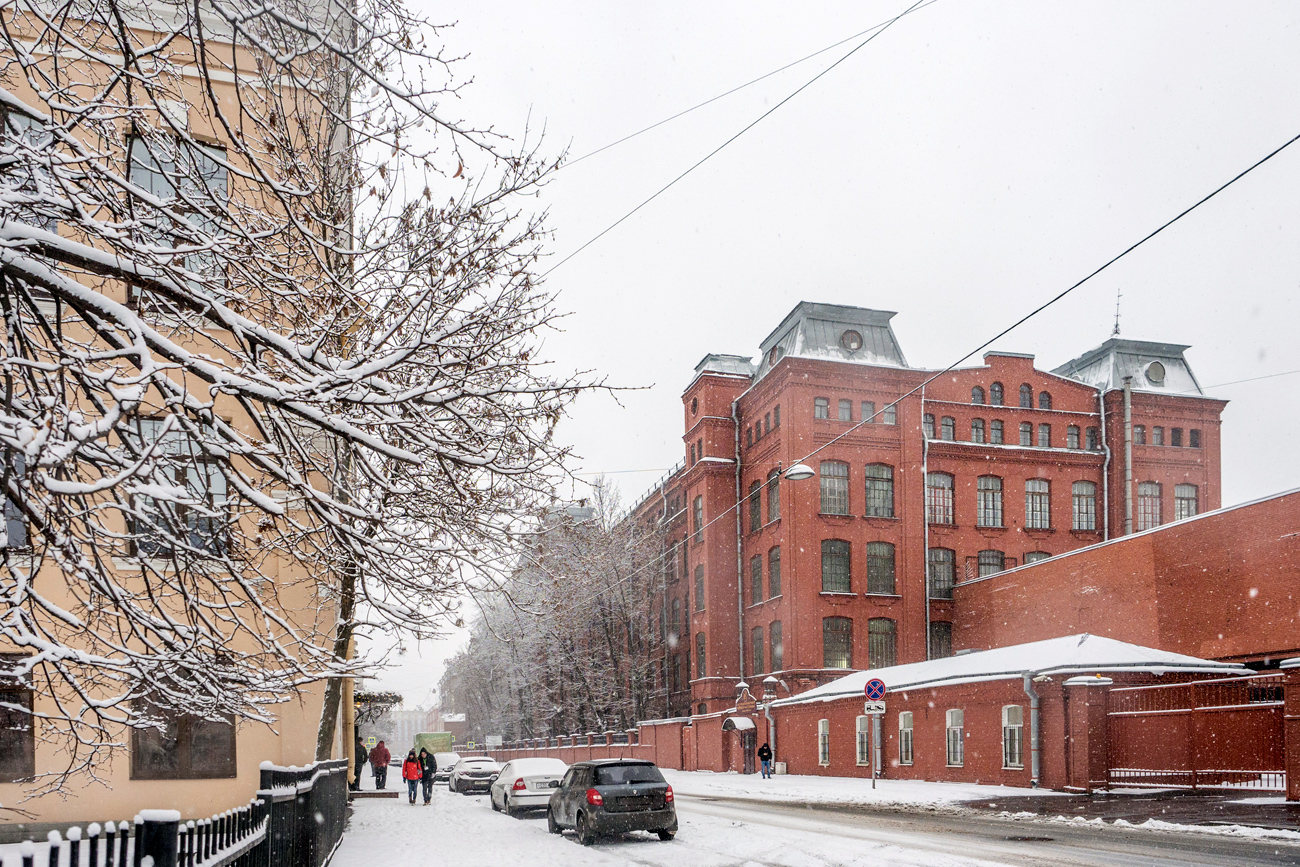
Sergei Kirov Spinning-Thread Plant in St. Petersburg
On Feb. 23, 1917 female workers of the then Nevsky Thread Factory took to the streets to demand shorter workdays, a raise, an end to disruptions of bread supplies and the return of their husbands, who were fighting on the fronts of World War I.
The director of the factory later wrote in his memoirs that he had advised the women to refrain from demonstrating, but they did not listen. A few days later, 36,000 workers from the Putilov Plant (which was also later renamed after Kirov) joined the women, who were protesting almost around the clock. By the end of February, there were 240,000 workers demonstrating on the streets. They were supported by most of the army units in the city.
The director of the factory later wrote in his memoirs that he had advised the women to refrain from demonstrating, but they did not listen. A few days later, 36,000 workers from the Putilov Plant (which was also later renamed after Kirov) joined the women, who were protesting almost around the clock. By the end of February, there were 240,000 workers demonstrating on the streets. They were supported by most of the army units in the city.
I speak with 47-year-old senior winding equipment operator named Nina after her shift, since I am not allowed inside the factory.
The enterprise is the largest producer of sewing, knitting and embroidery thread in Russia (60 percent of the country's thread is here). However, Nina's monthly salary is just 26,000 rubles ($433).
The enterprise is the largest producer of sewing, knitting and embroidery thread in Russia (60 percent of the country's thread is here). However, Nina's monthly salary is just 26,000 rubles ($433).
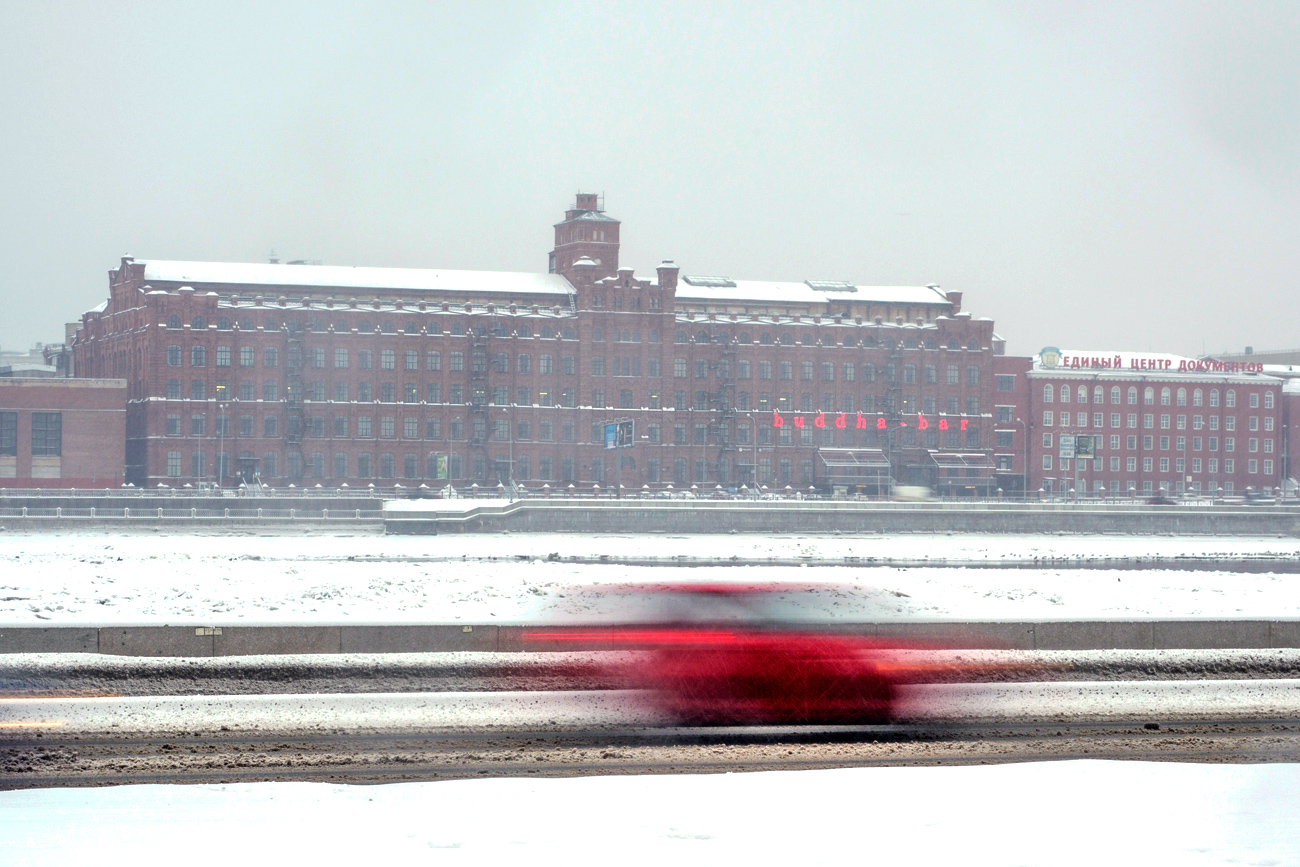
By comparison, until 1917 the average monthly salary of a worker in Petrograd was 37.5 rubles (*see box). Converted to today's money, this is approximately 66,448 rubles ($1,110) or almost three times more than what Nina earns with around the same purchasing power.
When I ask her if she is content with her salary, she tells me, "There will never be enough money, you'll always want more. But I can't complain about anything."
Nina and I calculate how much she spends each month and on what. Her monthly transport pass costs 2,900 rubles ($48.2). Her apartment maintenance fees come to 4,500 rubles ($74.8). Nina gives her teenaged son 10,000 rubles ($163.33) a month for breakfast, movies, clothes and birthday presents for his classmates. Around the same amount goes towards buying food for the family. Nina's husband passed away several years ago. She now lives with her mother, who has health problems. These basic expenses already add up to more than Nina's salary. When I ask how she manages to support her family, she tells me that, "My mother receives a pension, which helps us. Sometimes I need to borrow from my coworkers until the next payday. But it's ok, we get by."
Nina and I calculate how much she spends each month and on what. Her monthly transport pass costs 2,900 rubles ($48.2). Her apartment maintenance fees come to 4,500 rubles ($74.8). Nina gives her teenaged son 10,000 rubles ($163.33) a month for breakfast, movies, clothes and birthday presents for his classmates. Around the same amount goes towards buying food for the family. Nina's husband passed away several years ago. She now lives with her mother, who has health problems. These basic expenses already add up to more than Nina's salary. When I ask how she manages to support her family, she tells me that, "My mother receives a pension, which helps us. Sometimes I need to borrow from my coworkers until the next payday. But it's ok, we get by."
*During the revolutionary period, there was a gold standard for currency, with each ruble containing 0.774235 grams of gold. A Petrograd worker's salary was equal to 29.0338125 grams of gold. The price of gold in January 2017 was 2,288.67 rubles per gram. By this measure, a worker in 1917 earned a monthly salary equivalent to 66,448 rubles in today's money.
When I ask Nina about the 1917 Revolution, she tells me that she knows only that a large amount of blood was spilled, that the tsar was killed and that "all this is bad" since "blood is always bad." "In general, I am not interested in politics," she says. "My parents brought me up in the Soviet Union, and whenever we encountered hardships they would say, 'As long as there's no war.' I agree with this. Just look at what's happening in Ukraine after their revolution. Blood, poverty. Let things go on without change so long as we don't go through something like that. History moves as it wants to."
Most of the workers I spoke with at the factory expressed roughly the same sentiments as Nina. They did not show any interest in protesting, even against low salaries.
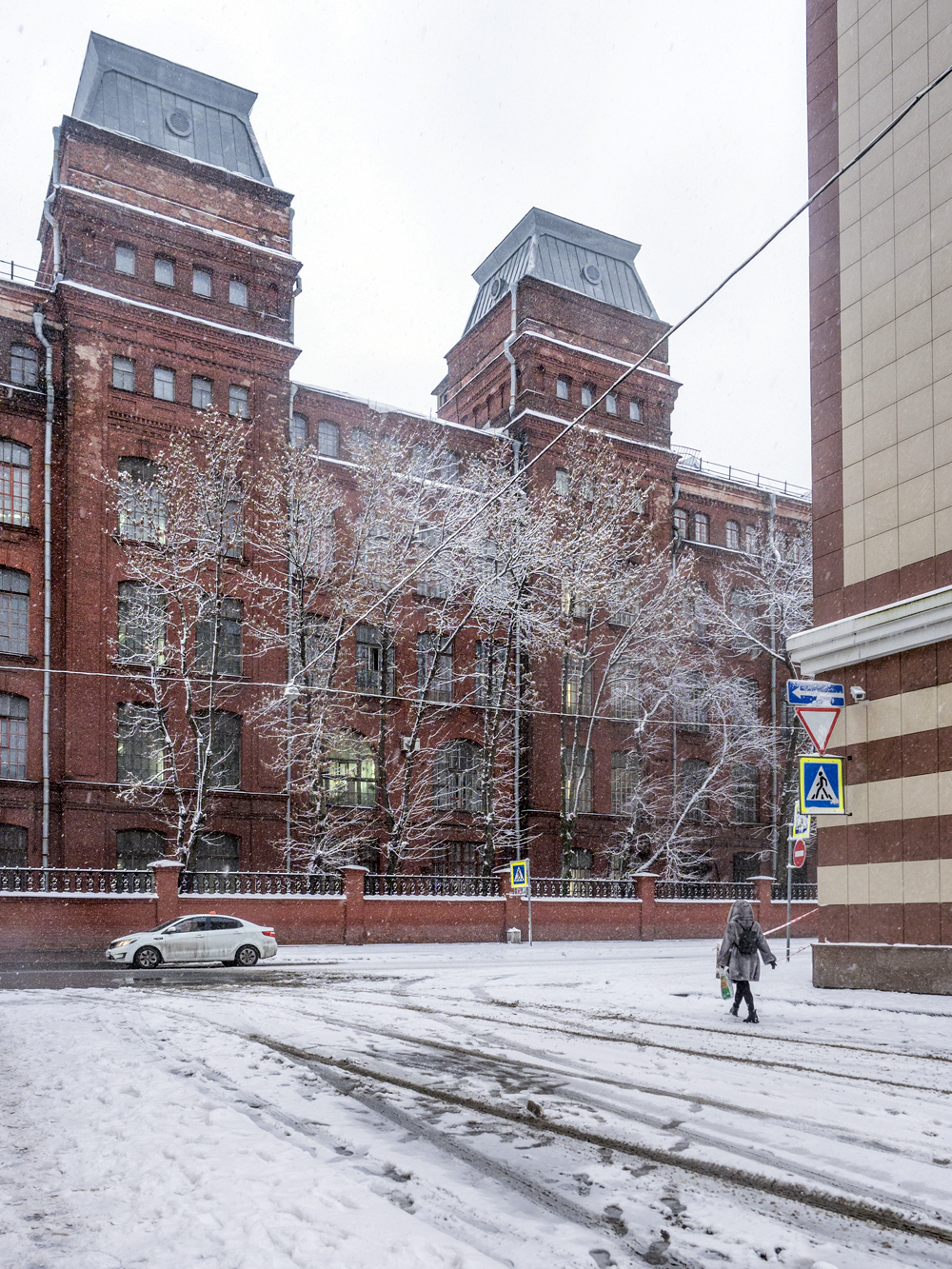

1. St. Sampson's Cathedral
In February 1917, a crowd of several thousand revolutionaries marched along Bolshoi Sampsonievsky Avenue, at the end of which stood St. Sampson's Cathedral, smashing everything in their path. But the cathedral miraculously survived. After the revolution, it was converted into a historical museum and the street was renamed in honor of Karl Marx (due to its proximity to Lenin Square, the path between the two spots was popularly known as 'from beard to bald head'). Now, everything has gone full circle: The avenue has its old name again and the cathedral has been returned to the Russian Orthodox Church.
2. The Kirov Spinning Mill
It was basically from here that the revolution began. Women working at the factory, angered by the destitution the working conditions and low wages forced upon them, walked out and took to the streets holding placards that read: "Down with the Tsar!" and "Down with the war!" Several days later workers from the Putilov plant and soldiers from several military units joined them. Today, the building - part of which is still occupied by a factory making thread - houses one of St. Petersburg's most expensive restaurants: Buddha-Bar. A glass of an average sparkling wine here costs 1,200 rubles ($20.35).
3. The Kirov Plant
Until 1917, the Putilov plant (as it was previously called) was effectively the sole provider of armored vehicles for the Imperial Army, at the time engaged in frontline combat. It employed some 36,000 workers. On Feb. 18, 1917, all of them went on strike, which five days later grew into a rally and clashes with the police. The workers were victorious in that battle.
4. Tauride Palace
Prior to 1917, it housed the State Duma, which in February was disbanded by a crowd of soldiers and workers. A right-wing royalist member of the Duma, Vasily Shulgin, later recalled that soldiers who raided the building stole all the silver spoons from its café. Today the palace houses the headquarters of the interstate assembly of CIS member states and the Parliamentary Assembly of the Collective Security Treaty Organization. Federal Protection Service officers guard the palace around the clock.
5. Monument to Alexander III
Under Alexander III, Russia fought no wars and witnessed an industrial revolution. However, on the domestic political front the tsar tightened the screws and carried out political reprisals. That was why in 1917, the monument to Alexander, which at the time stood in the very heart of the city, in the square outside modern-day Moskovsky Railway Station, became a target for the revolutionaries. After the revolution, Demyan Bedny's poem "The Scarecrow" was carved on its pedestal. Later a metal cage was erected around the monument, and in 1937 the statue was dismantled. It is now standing in the grounds of the Russian Museum and cannot even be photographed without special permission.
6. The Peter and Paul Fortress
In Imperial Russia, the Trubetskoy Bastion prison, located within the Peter and Paul Fortress, housed political prisoners and later, prominent revolutionaries (provided, of course, they managed to survive on bread and water and were not executed before 1917). Lenin's older brother Alexander, Leon Trotsky and Prince Kropotkin are counted among the most famous inmates. After the revolution, the prison continued to be packed – this time, with the tsar's supporters.
Many parallels can be found if we compare life in Russia now to life on the eve of the revolution: the tsar's substantial defense spending, a trade blockade organized by Germany, Austria-Hungary and the Ottoman Empire and inflation (by the end of 1916, food prices were three times higher than before the war). In a report on the population's state of mind, the then chief of police at the Interior Ministry wrote that, "The main cause of growing bitterness is a monstrous increase in prices."
Citizens of St. Petersburg speak out about the revolution:
However, all of these comparisons fall apart when you talk to people on the street. The overwhelming majority of people we spoke to in St. Petersburg oppose revolutionary activity regardless of the situation, although many of them are not happy with their lives and the current government. Some say that bloodshed is unacceptable. Others claim that gradual development is better than revolution, and some simply do not see any alternative to the current regime.
Following the route that revolutionary workers took in 1917, I find myself in the square by St. Sampson's Cathedral. During the revolution, protesters from the thread factory and Putilov Plant filled this square.
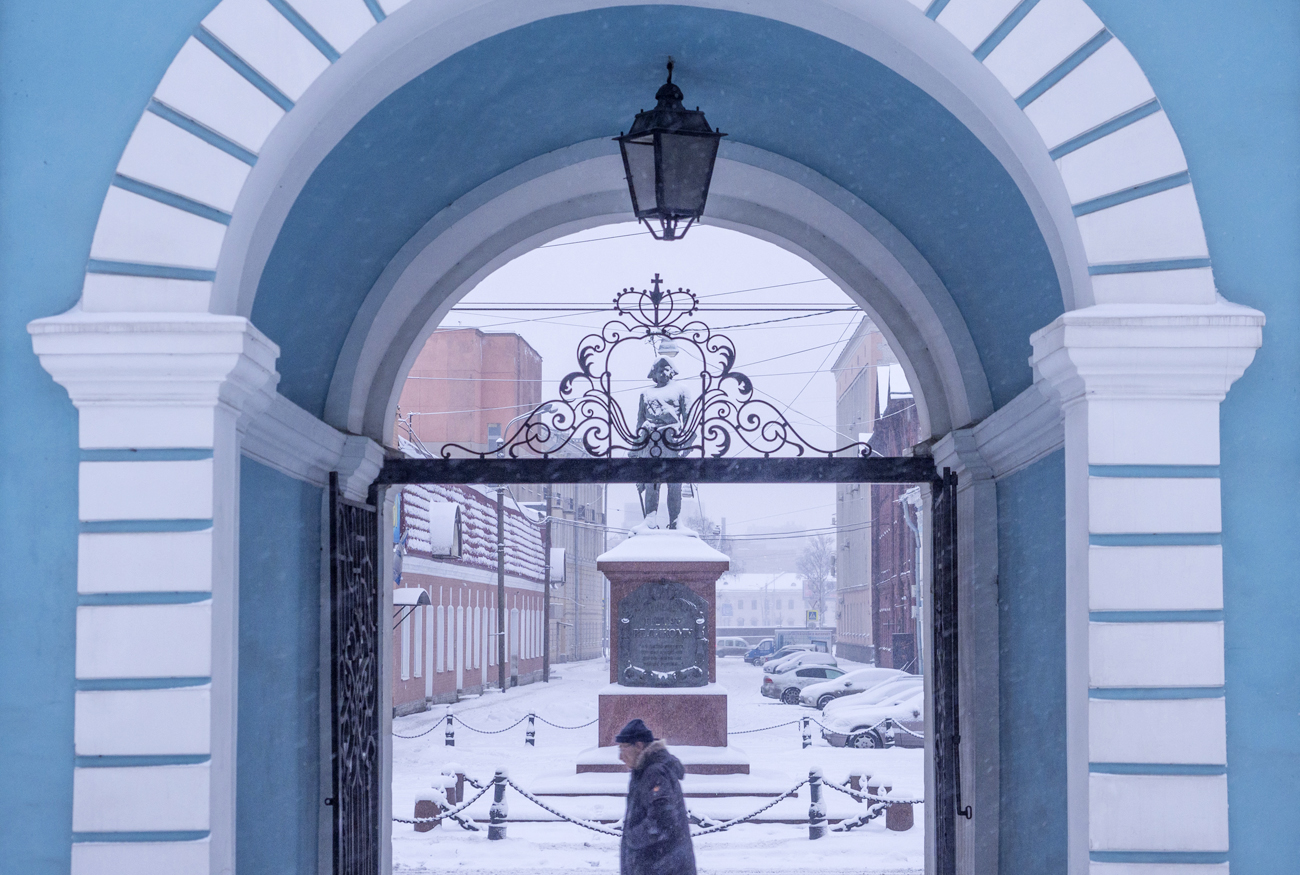
One hundred years ago, protestors, the majority of whom were atheists, nearly destroyed the cathedral. The government granted it protection only in 1935, when it was declared a historical monument. The government now plans to return the cathedral to the Russian Orthodox Church, along with many other historical buildings that once belonged to the church. We will leave St. Petersburg one day before the keys are officially transferred, but for now we go inside the cathedral. Inside, we find just three visitors praying and also three museum workers. The museum workers tell us they do know know what they will do when they lose their jobs after the cathedral changes ownership. One of the workers, Maria, adds that the last of the museum's displays, including unique photographs of the events that took place around the cathedral during the revolution, were put into storage and it is unclear what will happen to them.
Citizens of St. Petersburg speak out about the revolution:
Maria, who calls herself an atheist, views the 1917 revolution in a negative light despite her disappointment with both the government and the church. "During the revolutionary years, my family splintered. One grandfather was a wealthy kulak, the other was a day laborer. When the civil war began, they joined the military and fought against each other. And afterwards, neither they nor their families spoke to each other. What's good about that?"
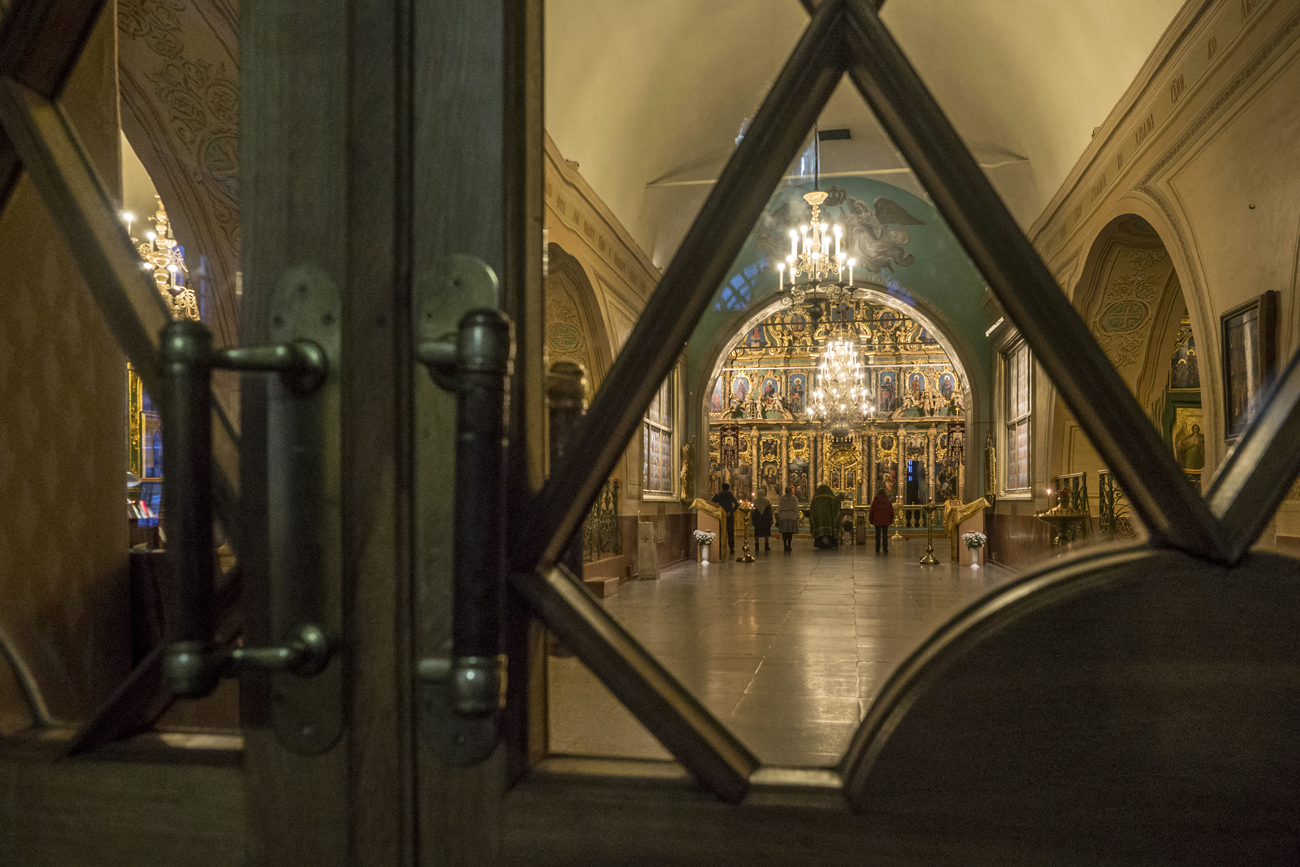
Inside the St. Sampson's Cathedral
When I asked Maria if she would participate in a revolution today in order to get back her job, which she loves and has held for 20 years, she responded categorically that, "Obviously, not. Revolution in Russia always means blood, there's no other way in this country. We are a people that acts first and thinks later. No idea is worth risking peace for, even the very fragile peace that exists between us today."

